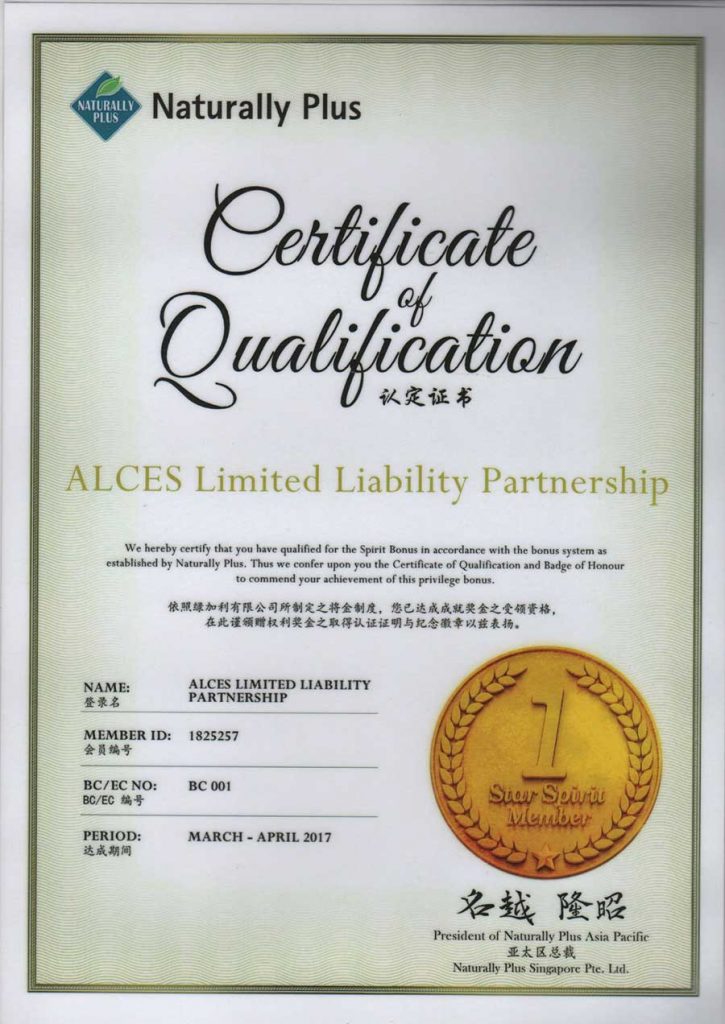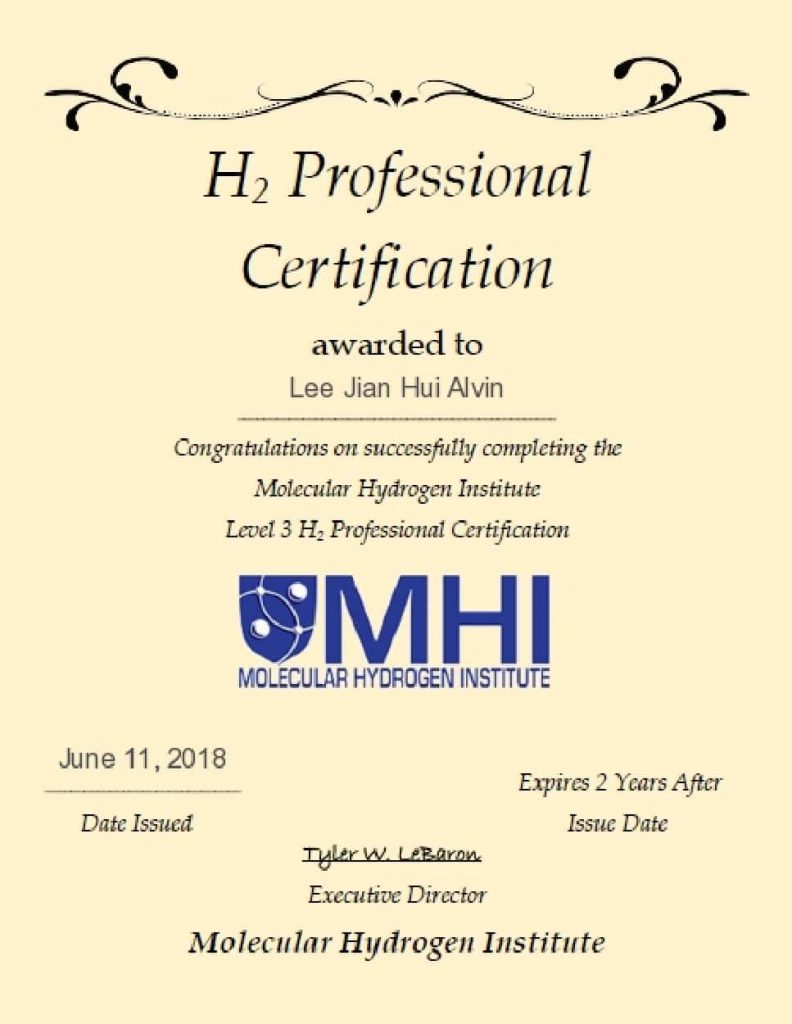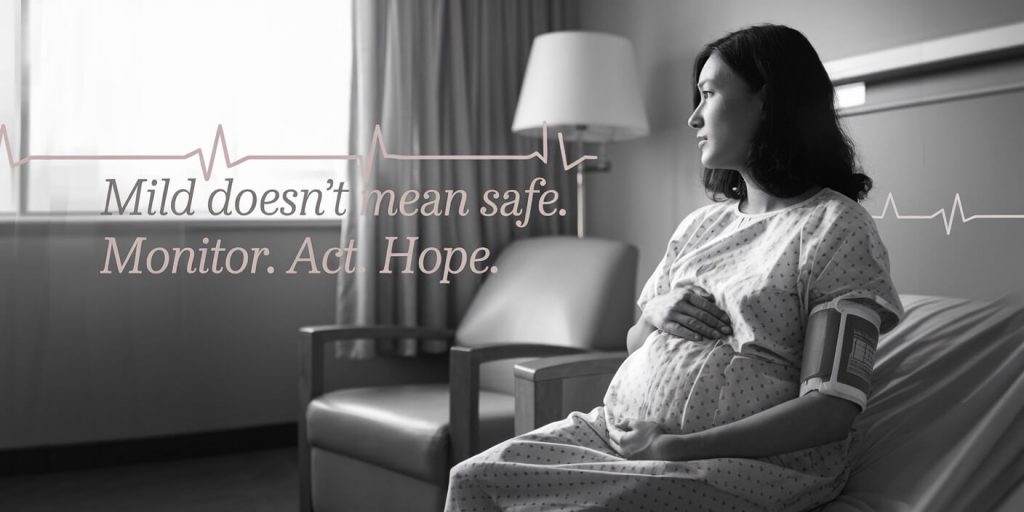
Preeclampsia isn’t just a pregnancy complication—it’s a leading cause of maternal and fetal death worldwide.
In Singapore and globally, it’s responsible for thousands of emergency births, ICU admissions, and avoidable health crises every year. The most dangerous part? It often starts quietly—masked as simple swelling, or “just a bit of high blood pressure.”
If you’ve been told you have mild preeclampsia, don’t let the word “mild” fool you. While not immediately life-threatening, it’s a red flag—one that must be monitored closely, managed intelligently, and taken seriously.
The good news? With early intervention and the right strategy, most women with mild preeclampsia go on to deliver healthy, full-term babies without complications. This article will show you how. From monitoring and medication to diet and emotional support, here’s everything you need to know about mild preeclampsia treatment—so you can protect your pregnancy and your peace of mind.
What Is Mild Preeclampsia?

Preeclampsia is a pregnancy-specific condition marked by:
Elevated blood pressure (usually above 140/90 mmHg)
Presence of protein in the urine
Swelling in hands, face, or feet
Headaches or vision changes in some casesIn mild preeclampsia, symptoms are stable and can usually be managed without hospitalisation—as long as close monitoring is in place.
What Does Mild Preeclampsia Treatment Include?
Typical care strategy for mild cases:
| Treatment Component | Estimated Focus % |
|---|---|
| Monitoring & BP Checks | 35% |
| Medication (if needed) | 25% |
| Rest & Lifestyle Adjustments | 20% |
| Diet Changes | 10% |
| Nutrient Support & Supplements | 10% |
Medical Monitoring Is the Backbone
Consistent monitoring is key. This includes:

Frequent blood pressure checks (daily or several times a week)
Urine tests to track protein levels
Blood tests to watch kidney and liver function
Fetal monitoring (heartbeat, movement, and growth scans)
Tip: Use a validated home BP monitor and keep a journal of readings.
Medication for Mild Preeclampsia
Not all patients require drugs, but if blood pressure trends higher, your doctor may prescribe:
Labetalol or Nifedipine – safe antihypertensives for pregnancy
Low-dose aspirin (75–150 mg) – to reduce clot risk and improve placental blood flow
NEVER self-medicate or adjust dosage on your own.
Lifestyle & Rest Matter More Than You Think
Many doctors recommend:

1. Reducing physical activity
2. Elevating feet when seated
3. Taking short naps to lower stress hormones
4. Avoiding long commutes or stressful environments
5. Think of it as “intentional rest,” not just bed rest.
Diet Tips for Mild Preeclampsia
While diet won’t cure preeclampsia, it can support blood pressure stability and reduce swelling:
| Eat More | Limit / Avoid |
|---|---|
| Leafy greens, lentils, bananas | Processed / salty snacks |
| Lean proteins (eggs, fish) | Sugary drinks |
| Whole grains (quinoa, oats) | Canned/instant foods |
| Avocados, chia seeds | Fried or greasy meals |
Hydration is crucial: aim for 2–2.5L of water daily unless told otherwise.
While they aren’t substitutes for medical treatment, high-quality antioxidant-based supplements may provide complementary support by reducing oxidative stress—a known contributor to preeclampsia progression.
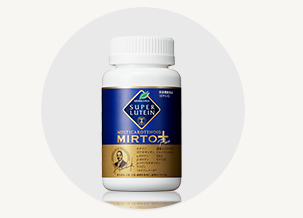
Super Lutein Mirtoplus
This supplement contains lutein, bilberry extract, blackcurrant, DHA, vitamin E, and a variety of carotenoids that support:
Vascular and eye health (especially important during pregnancy)
Improved microcirculation for placenta support
Antioxidant defense for both mother and fetus
Studies suggest that increased carotenoid intake may help reduce inflammation and oxidative damage in hypertensive pregnancies.
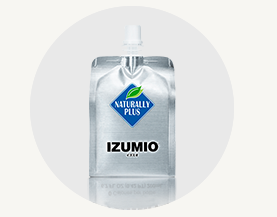
Izumio Hydrogen Water
Izumio offers molecular hydrogen water, which research shows may:
Combat free radical activity
Support better cellular hydration
Reduce blood pressure markers over time
While more research is still emerging, some small studies indicate that hydrogen-rich water may reduce oxidative stress, which plays a major role in preeclampsia.
These supplements are complementary tools—always consult with your OB/GYN or prenatal nutritionist before use.
Supplements That Support Preeclampsia Prevention
Based on research and WHO recommendations, the following nutrients may offer support:
| Supplement | How It Helps |
|---|---|
| Magnesium | Reduces BP, relaxes muscles |
| Calcium | May reduce risk of severe preeclampsia |
| Omega-3 (EPA/DHA) | Improves placental blood flow, lowers BP |
| Vitamin D | Supports immune balance + fetal development |
| Coenzyme Q10 (CoQ10) | May reduce oxidative stress on blood vessels |
Always consult a doctor or prenatal nutritionist before starting any new supplement during pregnancy.
How the Social Avengers Tribe Can Support Expecting Mums
Dealing with mild preeclampsia isn’t just physical—it’s emotional and mental too. That’s why our Social Avengers Tribe offers you more than a to-do list—we offer real support, tailored advice, and community.
Here’s how we help:
Free Zoom Consult with Alvin, our health and lifestyle transformation specialist — We review your current hawker choices & tweak your habits
With a Precision Nutrition Coach Certification and years of hands-on experience in wellness and lifestyle transformation, Alvin has empowered over 400 professionals to regain control of their health and energy—on their own terms. Whether you’re starting fresh or pushing past a plateau, Alvin delivers practical, personalized guidance that fits into real life and actually gets results. This is your chance to feel clear, strong, and unstoppable again.
AND Community Resources like:
Antioxidant Carotenoid Scans – Gauge your internal inflammation levels
Stress Management Workshops – Learn calming routines for pregnancy
Tribe Chats – Because you’re not alone in this
We empower you to make small daily changes that protect both mum and baby.
Treating Mild Preeclampsia Proactively
Mild preeclampsia may not seem like an emergency—but it’s never something to ignore. With proper monitoring, lifestyle tweaks, and emotional support, most women with mild preeclampsia carry their babies safely to full term.
So don’t panic—prepare. Take control of your journey, one decision at a time.



